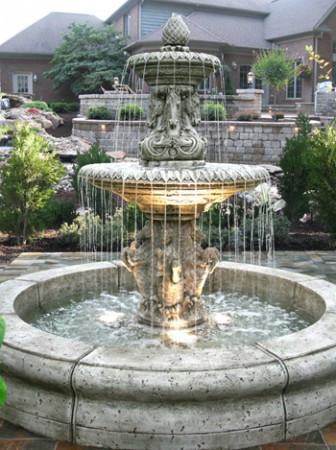Fountain of Cibeles
The neo-classical and hauntingly beautiful complex known as the Plaza de Cibeles sits at Madrid's primary intersection and is essentially the heart of the city. The plaza is placed at a longitudinal axis that separated Madrid from monastic and palace complexes during the renaissance. Despite its fairytale exterior it is what is in the center of the plaza that attracts visitors with cameras from all over. Here you find a water features called the Cibeles Fountain, also known as the Fountain of Cibeles and Cybele Fountain.
About the Fountain
The Cybele Fountain is thought of as an iconic symbol for Madrid. It is found in the section of the plaza referred to as Paseo de Recoletos. It was designed between 1777 and 1782 by Ventura Rodriguez and built during the reign of Charles III, the King of Spain, known for his efforts in creating a flag, National Anthem, and adherent road system for Madrid.
The water feature is named after Cybele. She is the only known goddess of Phrygia and originally an Anatolia mother goddess representing fertility, creator, motherhood, and nature.
Cybele had quite a cult in Rome and therefore a strong symbol to be on display at an area with such geographic significance. The fountain depicts Cybele being pulled in a chariot by two lions. The lion's names are Atalanta and Hippomenes.
The story says that the lions were once people who ruined Cybele's temple, so she turned them into these big cats and put them to work pulling her chariot. The water feature is meant to represent a protector of the people. The sculpture sits atop a stone platform, which rests on two large oval tiers that empty into a pool. On either side, water shoots straight up into the air. Then, there are additional nozzles that spray outward. Finally, the water cascades over the tiers to the pool below, and then repeats its journey.
Francisco Gutierrez was responsible for making the chariot and goddess. The lions were created by Roberto Michel. Originally, the fountain was positioned next to the Buenavista Palace. It actually faced the Fountain of Neptune in its original position. In the 19th century the city decided to turn both of the water elements to face Madrid's center. The Cybele Fountain was moved to its current location near the end of the 19th century.
The football club, Real Madrid, has adopted the fountain. The club's flag often gets wrapped around the goddess for special celebrations.
